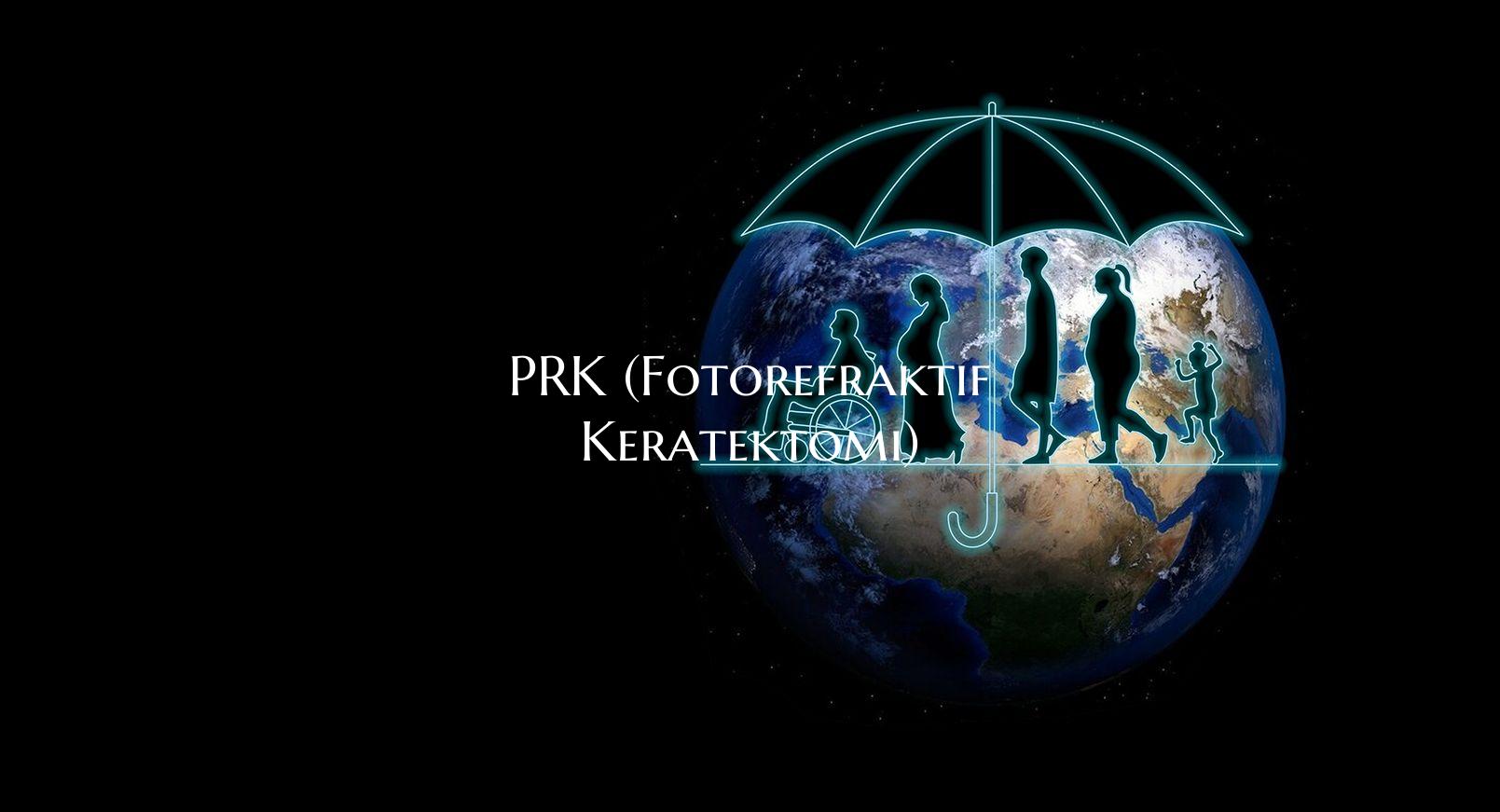
PRK (Fotorefraktif Keratektomi)
PRK, or Fotorefraktif Keratektomi, is a type of refractive eye surgery that is used to correct vision problems such as nearsightedness, farsightedness, and astigmatism. This procedure has been widely performed for decades and has helped numerous individuals achieve clearer vision without the need for glasses or contacts.
During a PRK procedure, the ophthalmologist uses an excimer laser to reshape the cornea, the clear front surface of the eye. By carefully sculpting the cornea, light can properly focus on the retina, resulting in improved vision. PRK differs from LASIK (Laser-Assisted In Situ Keratomileusis) in that it does not involve creating a flap in the cornea. Instead, the outer layer of the cornea is gently removed before the laser treatment.
After the surgery, patients may experience some discomfort and blurry vision for a few days as the outer layer of the cornea regenerates. It is essential to follow post-operative instructions provided by the surgeon to promote proper healing and achieve optimal results.
PRK is considered a safe and effective procedure for the correction of refractive errors, with high success rates in improving vision. However, like any surgery, there are potential risks and complications that patients should be aware of before undergoing the procedure.
It is crucial to consult with a qualified eye care professional to determine if PRK is a suitable option for you based on your individual needs and eye health. By understanding the benefits and considerations associated with PRK, you can make an informed decision about whether this procedure is right for you in achieving clearer vision and reducing your dependence on corrective eyewear.